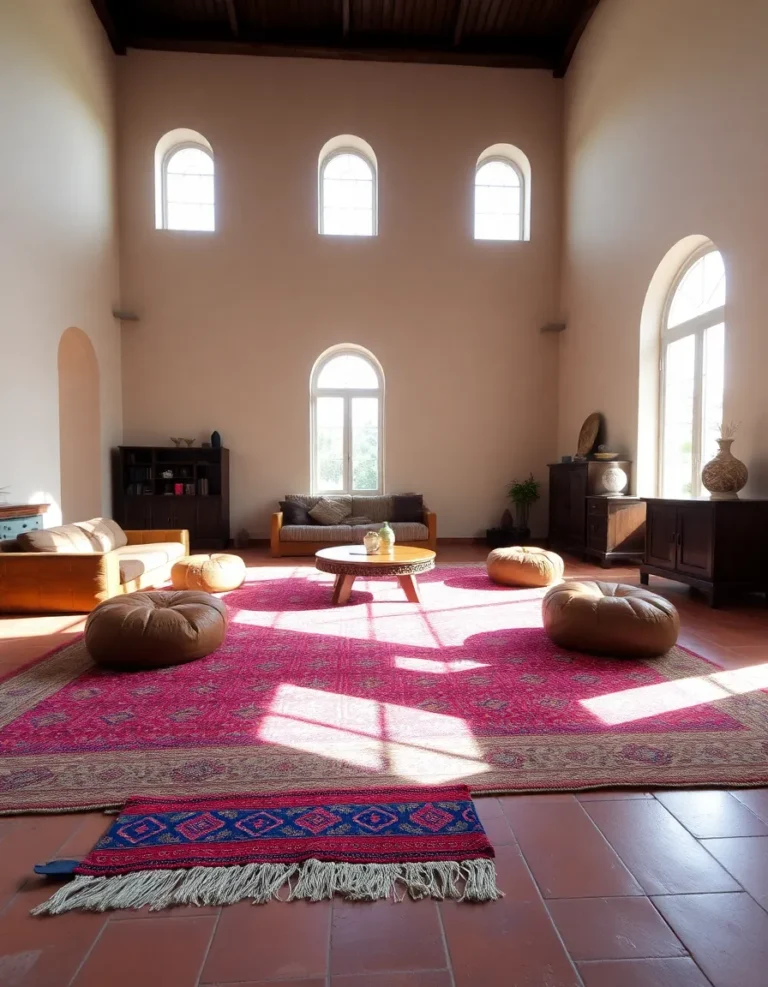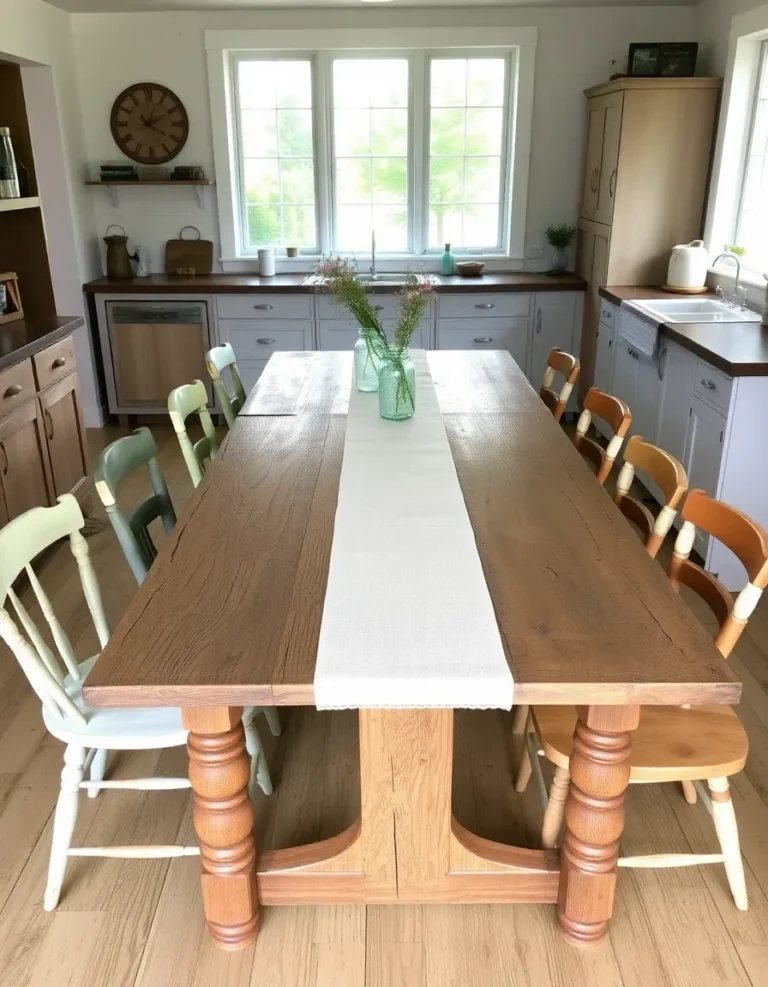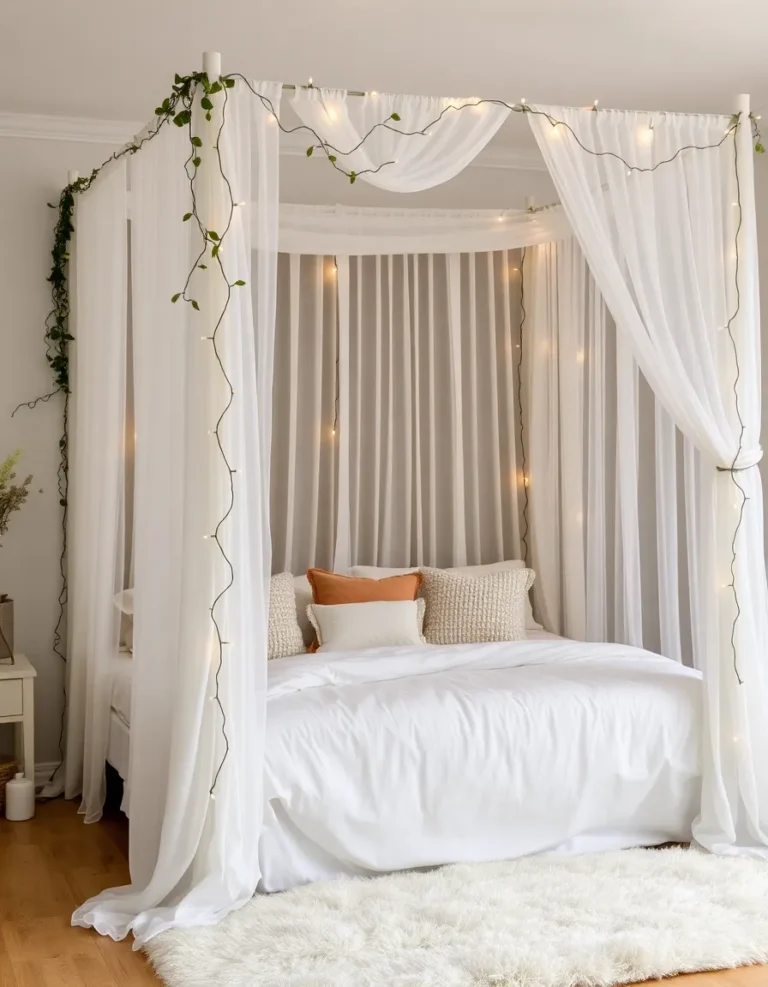How to Make a Small Basement Feel Bright and Airy

Ever walked into a small basement and felt like you’ve entered a cave? Yeah, me too. Dark, cramped, and slightly musty—basements don’t exactly scream “cozy retreat.” But here’s the thing: with a few clever tricks, you can turn that dungeon-like space into a bright, airy haven that feels anything but subterranean. Whether you’re using it as a home office, a guest room, or just a place to escape your family (no judgment), I’ve got the tips to make it happen.
Let’s be real—most basements suffer from the same issues: low ceilings, minimal natural light, and walls that seem to close in on you. But guess what? None of those are deal-breakers. With the right colors, lighting, and layout tweaks, you can trick the eye into thinking your basement is twice its size. And no, you don’t need to knock down walls or sell a kidney to afford a renovation. Ready to banish the gloom? Let’s dive in.
1. Paint It Light (Like, Really Light)
First things first: if your basement walls are currently sporting dark paneling or—god forbid—black paint, we need to talk. Dark colors absorb light, making the space feel even smaller. On the flip side, light colors reflect light, instantly opening things up. I’m talking whites, soft grays, pale blues, or even a whisper of blush pink if you’re feeling fancy.
But here’s a pro tip: don’t just slap any old white on the walls. Basements can feel cold, so opt for warm-toned whites like Benjamin Moore’s “Simply White” or Sherwin-Williams’ “Alabaster.” These keep things bright without turning your space into a sterile lab. And hey, if you’re worried about stains (because basements love to surprise us with random damp spots), go for a satin or semi-gloss finish—it’s easier to wipe clean.
Oh, and don’t forget the ceiling! Painting it the same light color as the walls blurs the boundaries, making the room feel taller. Trust me, your 7-foot ceiling will thank you.
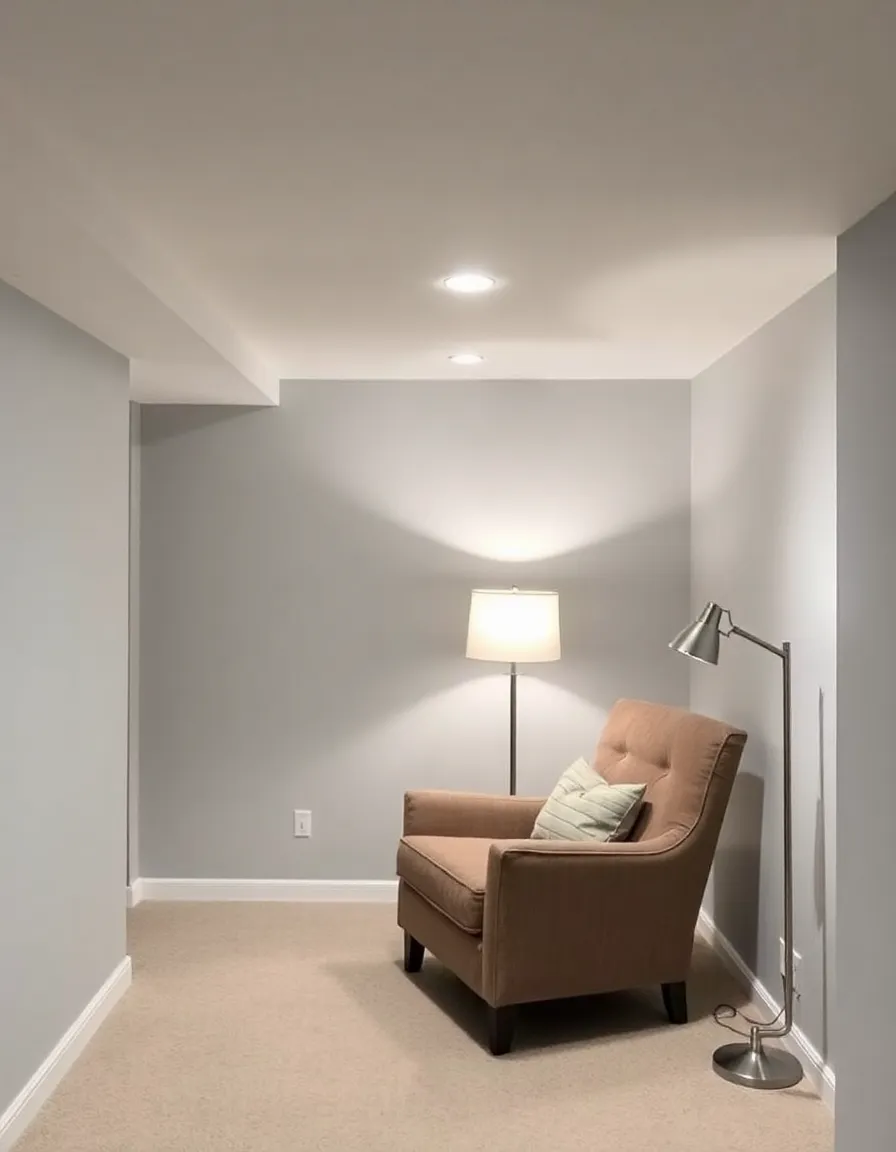
2. Let There Be (Layered) Light
If your basement has one sad, flickering overhead light, it’s time for an intervention. Relying on a single light source is like trying to cook a five-course meal with a microwave—it’s just not gonna cut it. Instead, layer your lighting to create depth and brightness. Here’s how:
- Ambient lighting: Start with recessed lights or a flush-mount ceiling fixture to evenly light the room.
- Task lighting: Add table lamps, floor lamps, or under-cabinet lights for specific areas like a desk or reading corner.
- Accent lighting: Use wall sconces or LED strip lights to highlight artwork or architectural features.
And here’s a little secret: mirrors can double your light. Place them opposite light sources to bounce illumination around the room. It’s like magic, but without the cheesy wand.
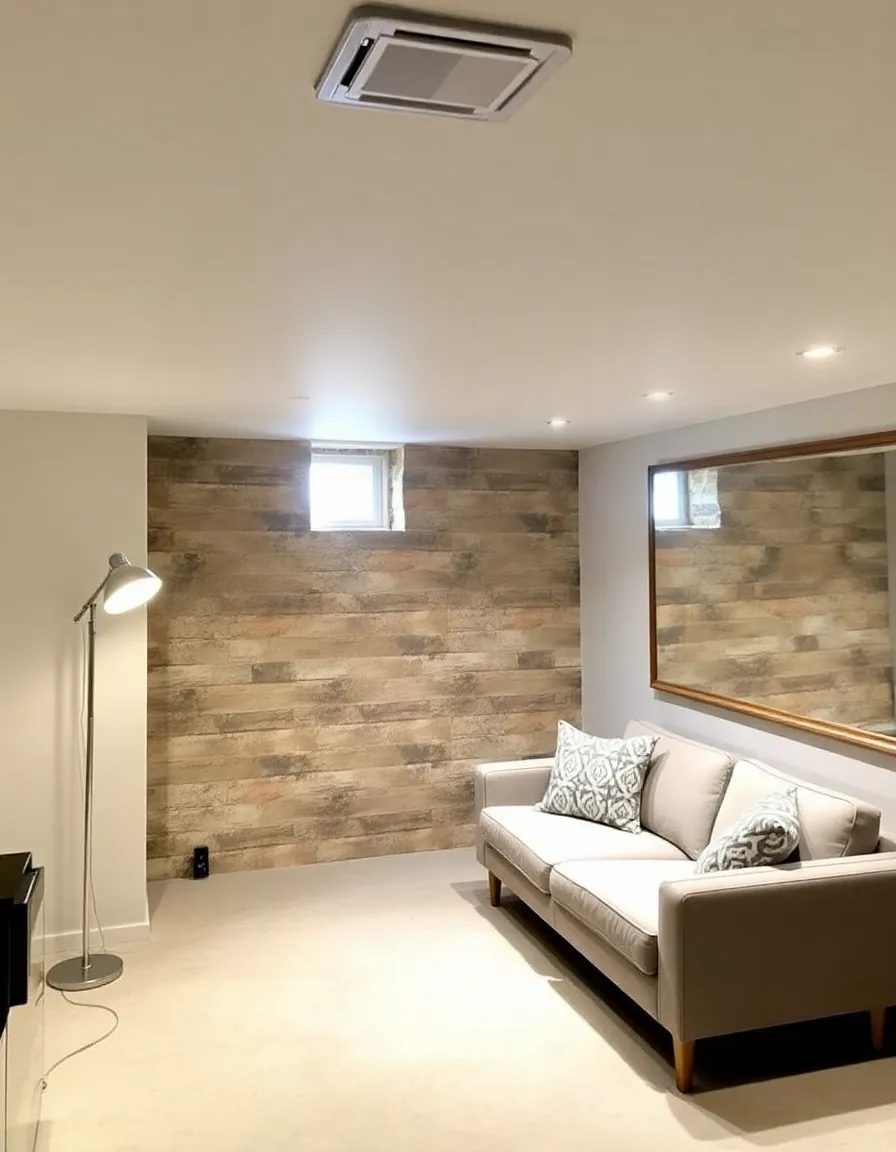
3. Ditch the Clutter (Seriously, Just Let It Go)
Listen, I get it—basements often become dumping grounds for everything from holiday decorations to that exercise bike you swore you’d use. But clutter is the enemy of airy spaces. The more stuff you have crammed in, the smaller and darker it’ll feel. Time for a ruthless decluttering session.
Ask yourself: Have I used this in the past year? Does it spark joy? (Thanks, Marie Kondo.) If not, donate, sell, or toss it. For the stuff you *do* need to keep, invest in sleek storage solutions like:
- Floating shelves to keep things off the floor
- Baskets or bins that blend into your decor
- Multi-functional furniture (think ottomans with hidden storage)
Less clutter = more breathing room. And hey, if you’re feeling extra motivated, label everything. Future you will be eternally grateful.
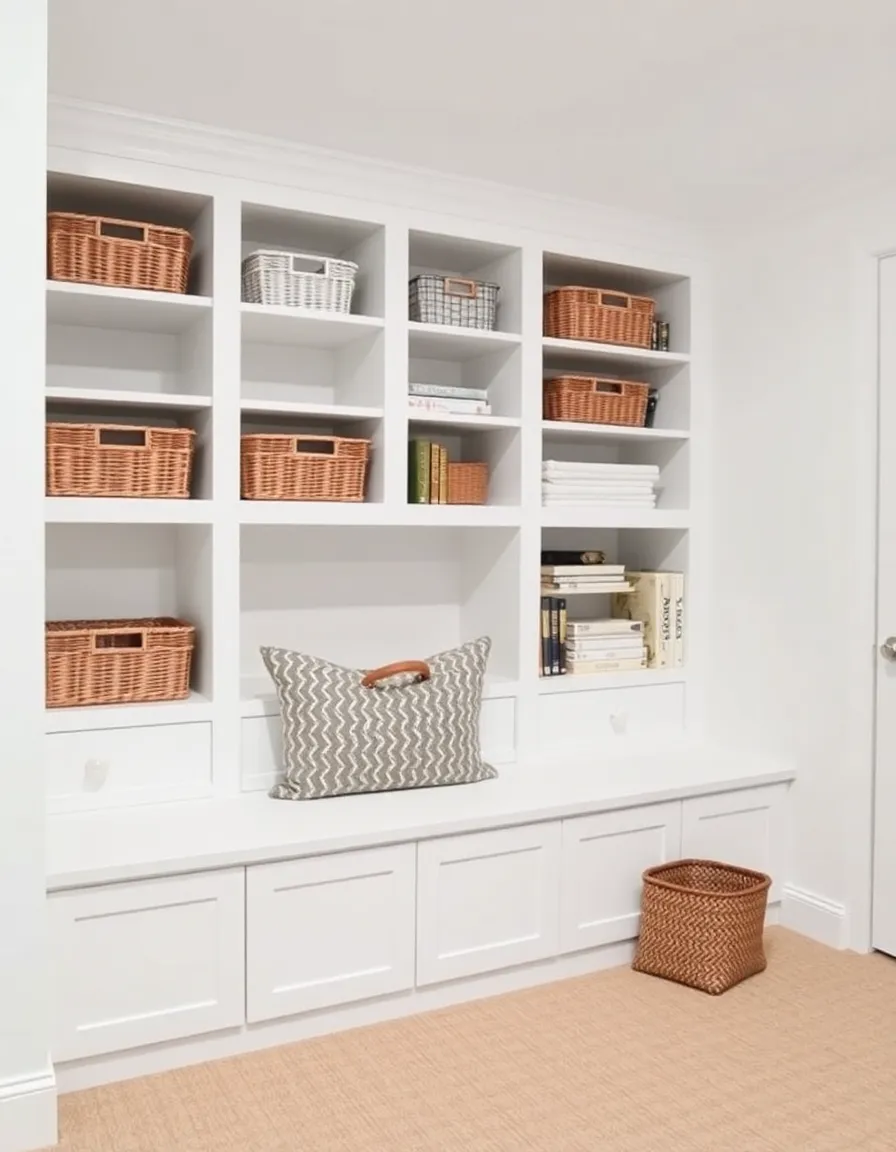
4. Choose Furniture That Doesn’t Hog Space
That oversized sectional might be comfy, but in a small basement, it’s basically a space-eating monster. Instead, opt for furniture with legs (so you can see underneath, creating the illusion of more floor space) and low profiles to avoid crowding the already-low ceiling.
Here’s what works best:
- Sofas and chairs: Go for armless designs or pieces with slim arms. Sectionals are okay if they’re small-scale.
- Tables: Round or oval shapes prevent sharp corners from dominating the room.
- Multi-purpose pieces: A daybed can double as a guest bed and seating, while a nesting coffee table gives you flexibility.
And whatever you do, avoid pushing all your furniture against the walls. Floating a piece in the middle can actually make the room feel larger. Crazy, right?
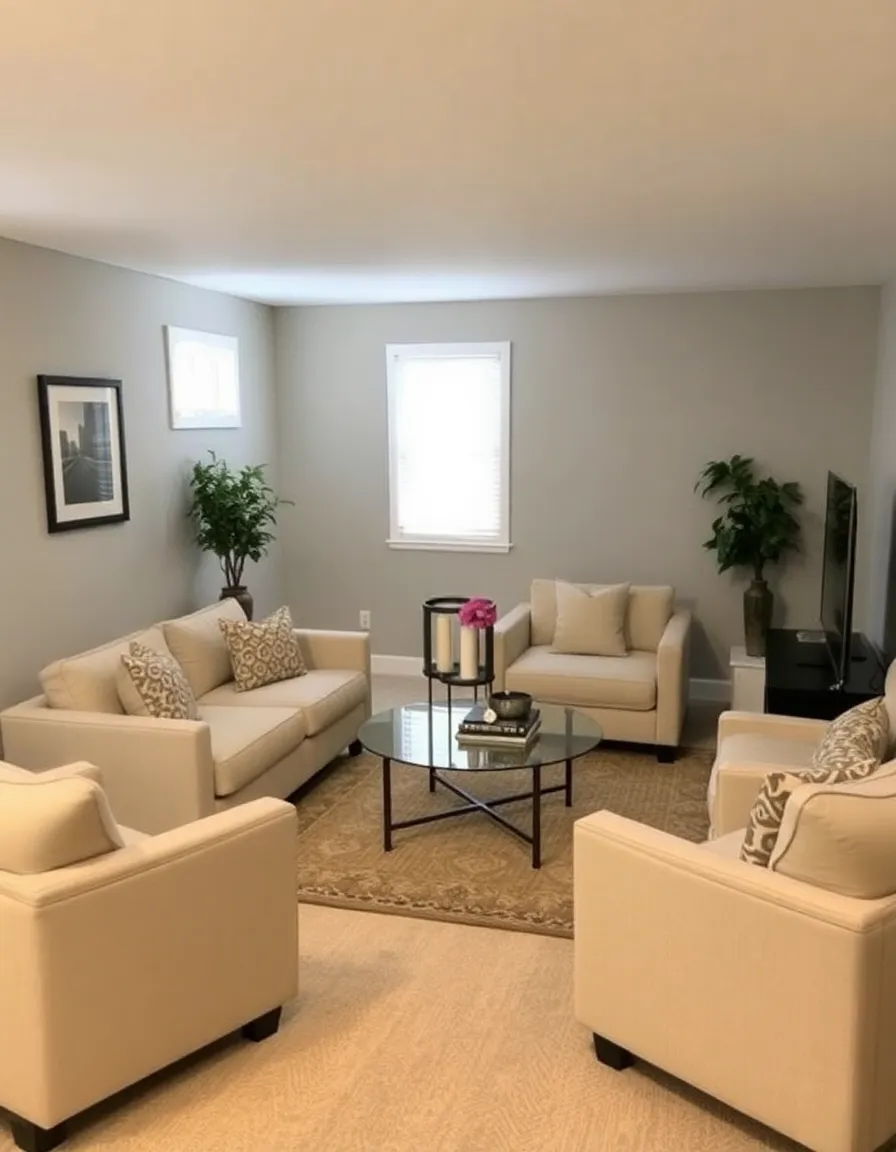
5. Fake a Window (Because Why Not?)
No windows? No problem. If your basement lacks natural light, you can trick the eye with a few clever hacks:
- Hang sheer curtains: Even without a window, floor-to-ceiling curtains add softness and the illusion of a light source.
- Use a lightbox or LED window panel: These mimic natural light and can even display a “view” of the outdoors. Fancy, huh?
- Install a mirror “window”: Frame a large mirror like a window and place a light behind it for a convincing fake-out.
I once saw a basement where someone painted a faux window with a sunny landscape—it was kitschy but oddly effective. Hey, desperate times call for creative measures.

6. Add Life with Plants (Yes, Really)
You might think plants in a basement are a lost cause, but hear me out. Sure, you can’t grow a palm tree down there, but low-light plants like snake plants, pothos, or ZZ plants thrive in dim conditions. They add color, texture, and—bonus—help purify the air.
If you’re convinced you’ll kill anything green (no shame), go for high-quality faux plants. Today’s fake foliage looks eerily real, and you’ll never have to remember to water them. Win-win.
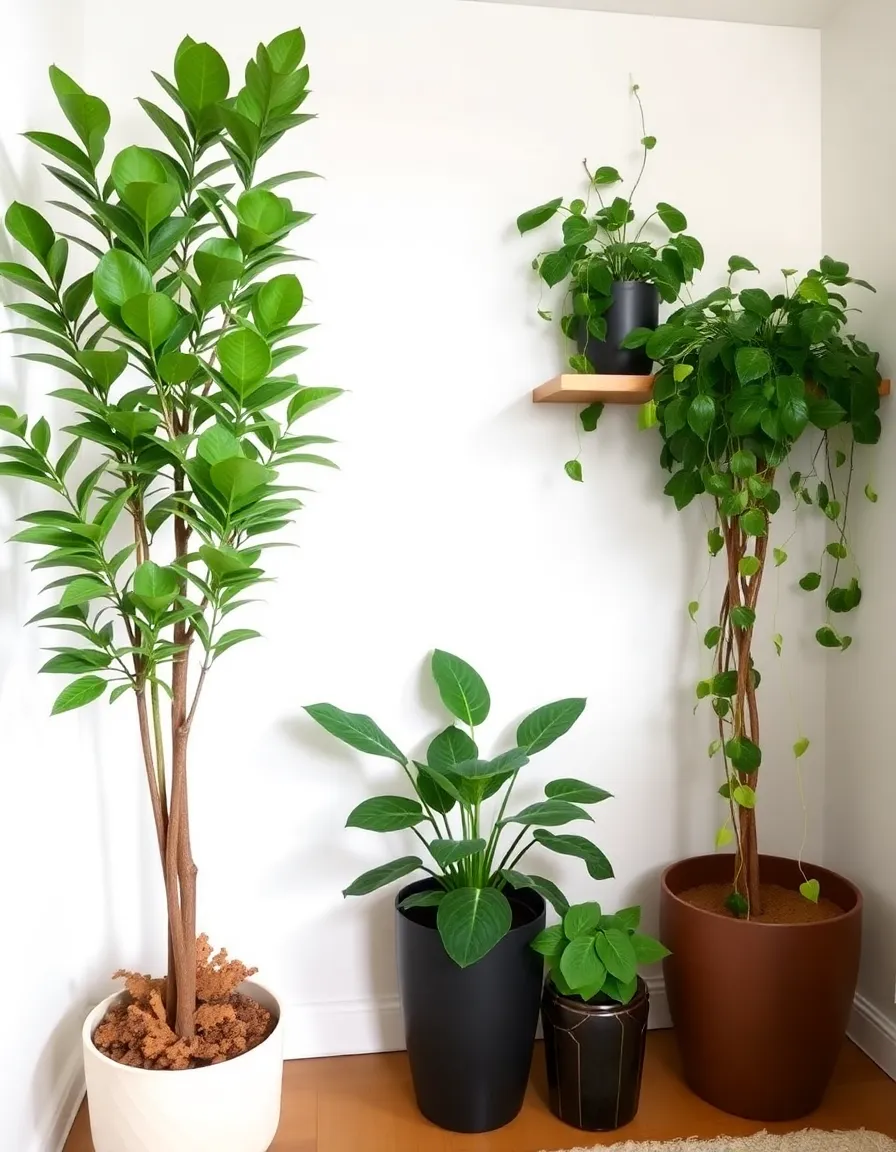
So there you have it—your small, dark basement doesn’t have to feel like a cave. With the right paint, lighting, and furniture choices, you can create a space that’s bright, airy, and actually enjoyable to spend time in. And if all else fails? Just tell people you were going for a “moody, underground speakeasy vibe.” They’ll totally buy it.
Now go forth and transform that dungeon into something fabulous. And when your friends ask how you did it, feel free to take all the credit. I won’t tell.

